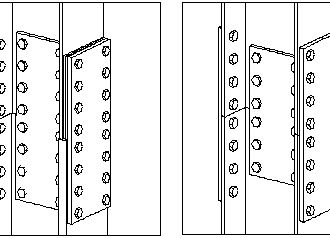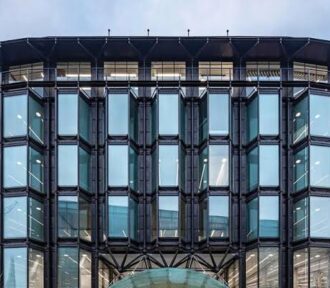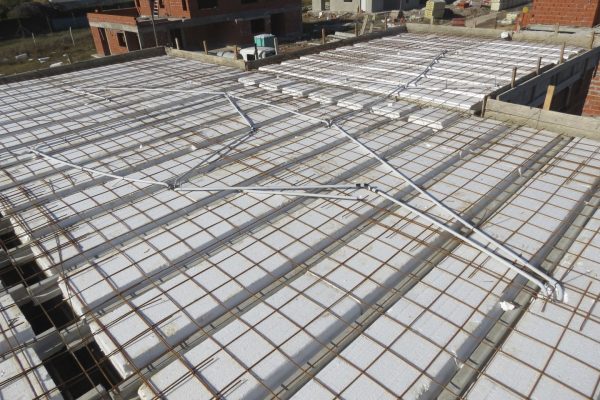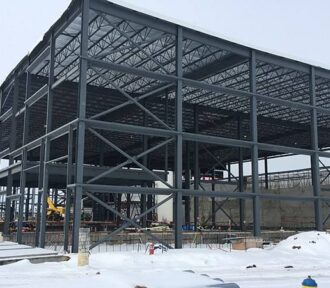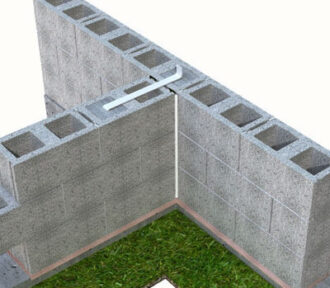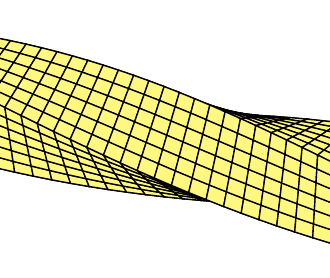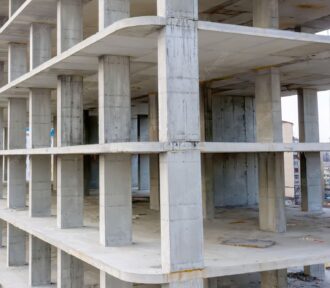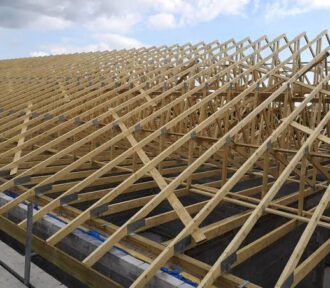This article discusses the types of steel bracings required for ensuring lateral stability in braced multi-storey steel frames, the design considerations and the procedures required when providing them within a steel frame.
Category: Eurocodes
This article gives guidance on how to size concrete and steel structural elements at the initial concept design stages of a project development.
column splices are essentially steel-plated bolted connection provided in multi-storey steel construction to serve as a connection between two columns of different sections
The second part of the article on Reuse and Refurbishment of existing building explores how the structural engineer can maximize the identified opportunities through design.
Ribbed slabs incorporate voids to the soffits of slabs or replace voids with lighter materials.
For every structure, frame stability is an important area of consideration. Designers of structural steel-work were the first to recognize the importance of considering the stability of steel frames in BS-5950.
This article describes the process of designing a laterally loaded masonry wall to Eurocode 6. It will highlight masonry and the relationship between its geometry, support condition and material properties when used as a structural material.
This twisting/rotation is known as torsion. Torsion generates forces within structural elements that they are rarely efficient at resisting. It would normally result in significant increase in element size or ultimately lead to change in structural form where they are found to be acting. Torsion in structures is best avoided as far as possible.
This article is concerned with the derivation and application of these notional loading, which is classified as Equivalent Horizontal Forces within the Eurocodes. The article also illustrates how the notional horizontal loads are incorporated into the design process.
In the design of trusses, timber is another alternative that should be considered at the preliminary design stage. When dealing with a small-moderate span, timber trusses are largely economical and the expertise required for fabrication is far less relative to steel solutions
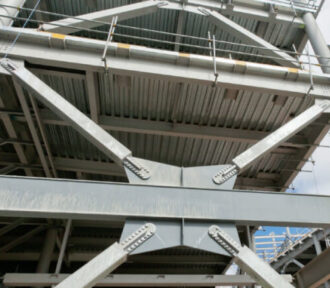
![[Update] Preliminary Sizing of Structural Elements](https://structurescentre.com/wp-content/uploads/2020/03/PatrickPurcellimage-330x288.jpg)
